Fishing at Doornkop
Just a few hours from Johannesburg, green grass rolls gently down to the cool, deep waters of one of ten trout dams at Doornkop Fish & Wildlife Reserve. Below the surface, the grass gives way to sandy depths where trout hover in shaded stillness. As morning light begins to warm the water, the quiet is broken by the cast of a dry fly, rippling the surface and triggering movement from below. The thrill of fly fishing begins.
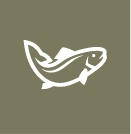
for year-round fishing

hire equipment and get tips from our Fly Shop
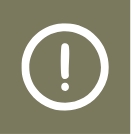
catch and release along the Swartspruit and Komati Rivers
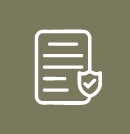
(Valid for 7 Days)
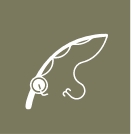
weekend and full-week options
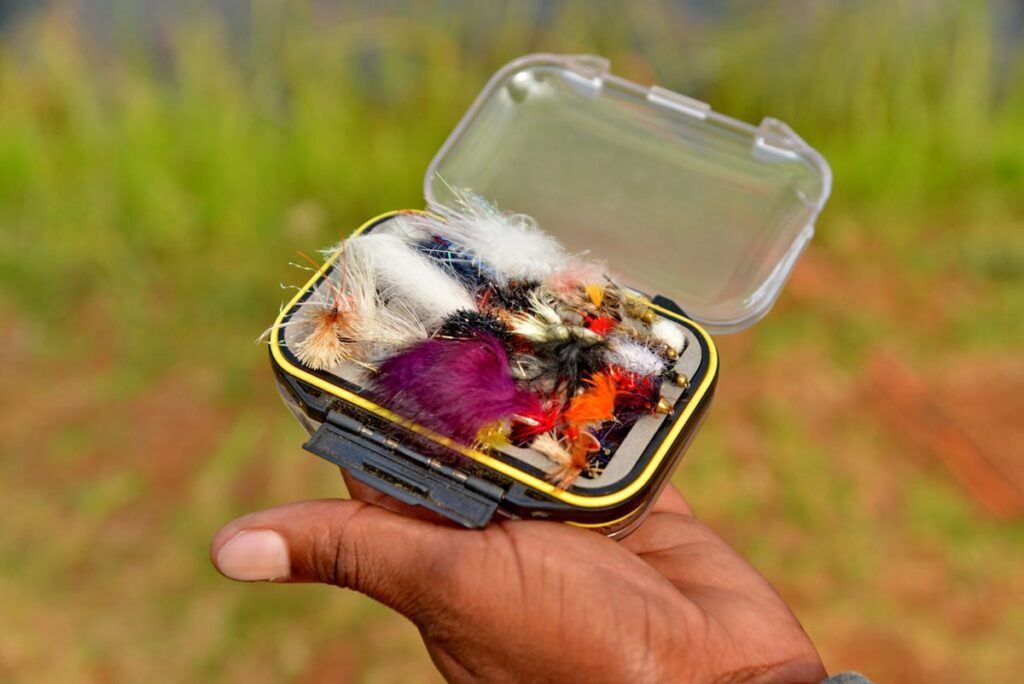
Doornkop offers one of the most scenic and rewarding fly fishing experiences in South Africa. Set within a tranquil reserve, it caters to both dedicated anglers and newcomers. The property features eight expertly stocked trout dams, maintained to high standards all year round. Whether you’re planning a trout fishing holiday or just a weekend getaway, Doornkop provides a memorable fishing environment close to nature.
All guests must hold a valid fishing permit, available from Reception. The on-site Fly Shop stocks all the must-have gear, with rods available for hire.
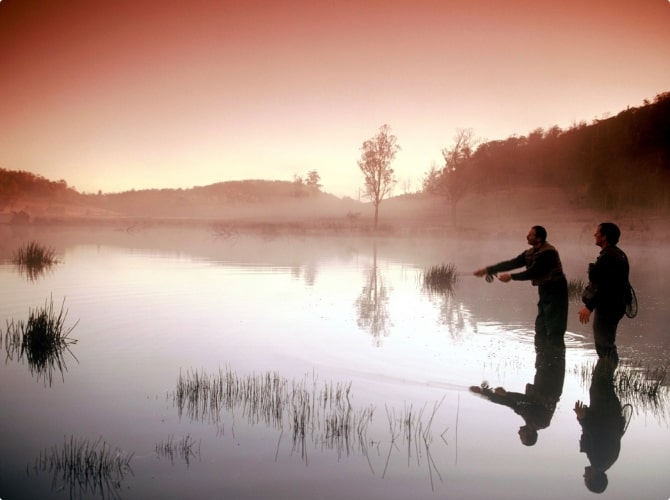
The Reserve is bordered by the Swartspruit River and lies near the northern flow of the Komati River, both home to South Africa’s native yellowfish. These fish are environmentally sensitive and rely on clean, undisturbed river systems. While not currently endangered, their conservation is essential to sustainable fly fishing in the region.
Catch and release is mandatory when fishing for yellowfish in these rivers, helping to protect this unique species for future generations.
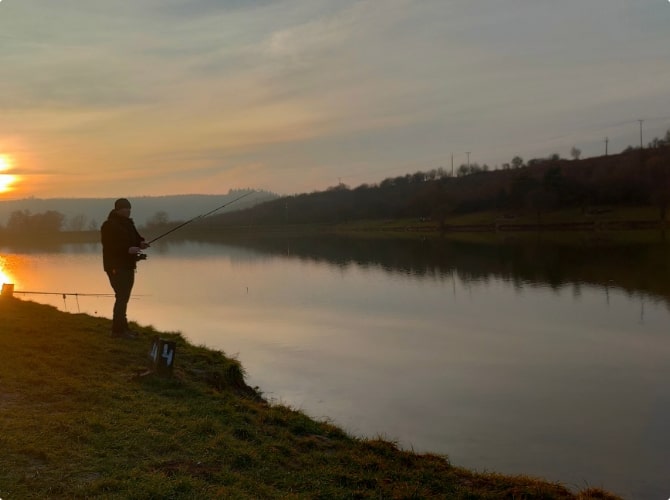
To ensure a high-quality experience for all visitors, fishing regulations are in place and must be respected. These rules help preserve the trout dams and rivers for continued enjoyment by both serious and casual anglers.
Catch and release is supported wherever possible, and guests are encouraged to uphold the natural integrity of the Reserve during their stay.
Feel the rush of the catch and the serenity of being out in nature.
© Copyrights 2025 Doornkop. All rights reserved.